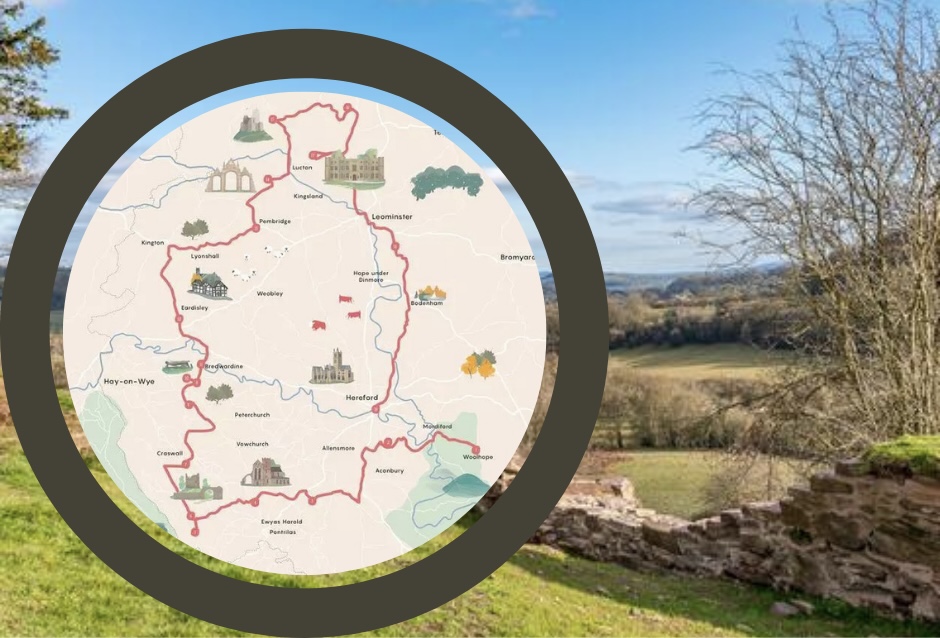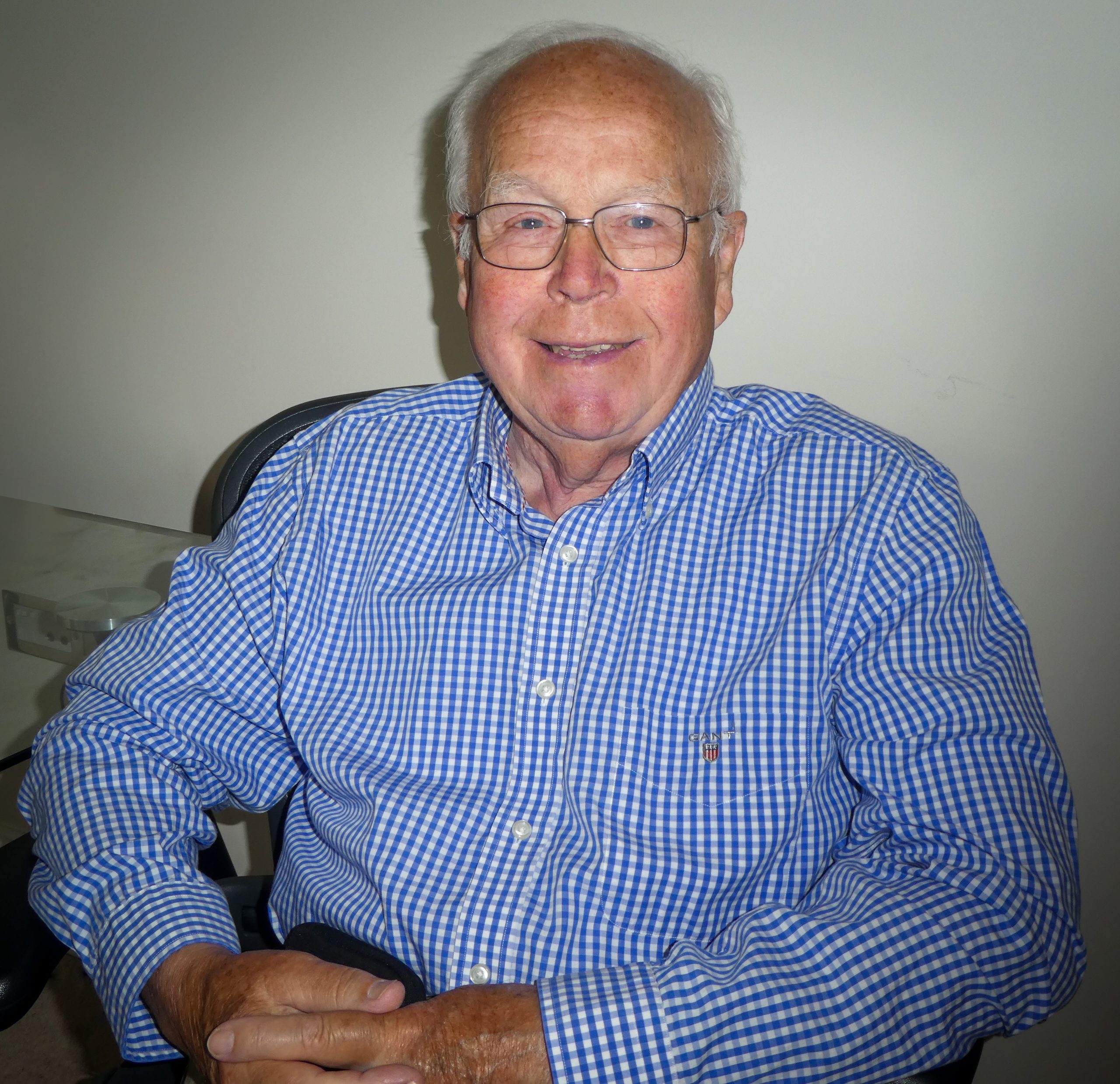This summer Visit Herefordshire is celebrating the centenary of Herefordian Alfred Watkins’ discovery of ley lines by introducing a new scenic touring route –The Watkins Way – which explores the county’s landscape, churches, standing stones and hill forts that join these intriguing lines.
The new drive is part of a campaign which includes a full programme of events taking place throughout the summer aiming to put a spotlight on the county and attract new visitors including guided walks, poetry, photography exhibitions and even a two day pilgrimage walk to mark this important anniversary.
The 100 mile route leads visitors to explore the hidden gems of the more remote parts of this rural county such as the often overlooked Cloddock Church set beside the river Monnow in the shadow of the Black Mountains.
The centenary events and legacy routes are all part of the Covid Tourism Recovery campaign funded by the Marches Local Enterprise Partnership (LEP) and executed through Herefordshire Council and Visit Herefordshire.
Chair of the Covid Tourism Recovery Steering Group appointed to manage the campaign, Jo Hilditch of White Heron Properties explains,
“The Watkins Way is the perfect way to embrace slow travel in our county, visit castles, standing stones and hillforts; this is low-impact tourism at its best. The ley lines centenary has allowed us to develop some fascinating new routes for visitors to explore the county to connect with the past through our historic buildings and unspoilt landscape. They will take that journey from the modern day to the ancient past, climbing hilltops to marvel at the views that sparked Watkins’ revelation.”
Ley Lines Explained
One hundred years ago on 30th June 1921 on a Herefordshire hillside, local antiquarian, inventor and photographer Alfred Watkins had a revelation about the straight tracks that criss-crossed his home county’s landscape which saw the birth of the ‘ley line’.
106 mile long Watkins Way
Connecting ancient and spiritual sites, this ‘Neolithic Sat Nav’ has essentially been repurposed for the Visit Herefordshire new touring route which covers 106 miles which can be driven or cycled as a multi-day tour, or ‘leycation’ of Herefordshire.
The website gives visitors a handy PDF to download with detailed directions for the motorist or cyclist as well as curated descriptions of each point of interest and the connection back to ley lines. There are recommended stops and places to stay so that visitors are encouraged to slow down and savour the delights of artisan food and drink producers along the way.
The route starts in the village of Woolhope and journeys around narrow lanes in the shadow of the Black Mountains taking in remote churches like the medieval gem at Kilpeck; crumbling castles like the one at Longtown (the epicentre of Herefordshire’s leys according to Watkins) and is never far from a great country pub.
Stops include Dore Abbey before heading up to the Neolithic burial chamber at Arthur’s Stone as well as a motte and bailey at Bredwardine Castle that Watkins identified to be aligned with the castles at Longtown and Snodhill and Arthur’s Stone on the Midsummer Sunrise Ley. The final leg takes in Croft Ambrey which is the starting point for the Blackwardine Ley, the very first ley line discovered by Watkins and where a commemorative standing stone has been erected by The Society of Ley Hunters.
Long distance walking route, talks, poetry and more
There will also be a new 40 mile walking trail launching later in the summer called the ‘Twin Valley Walking Trail’, again inspired by Watkins’ discovery which gives visitors the chance to explore the ancient ley line landmarks at a more leisurely pace with a self-guided mapped out route.
*Further centenary celebrations include a series of guided day walks as part of the Herefordshire Walking Festival, a two day guided walk, the Old Golden Dore Pilgrimage, led by Guy Hayward of the British Pilgrimage Society, as well as an Alfred Watkins exhibition at Hereford Museum & Art Gallery. Ledbury Poetry Festival will also be running a ‘100 years of Ley Lines Poetry Open Call’ and writing and walking workshop. Sign up for all events by checking out visitherefordshire.co.uk/Leylines.
“The Watkins Way creates a legacy route exploring our county for visitors to enjoy for many years to come by showcasing our often overlooked historic sites and landscapes and mapping them out as itineraries which can also feature cultural walks, events and great places to stay so we are in a really strong position to attract more staycationers (or perhaps leycationers) to Herefordshire this year,” added Hilditch.




